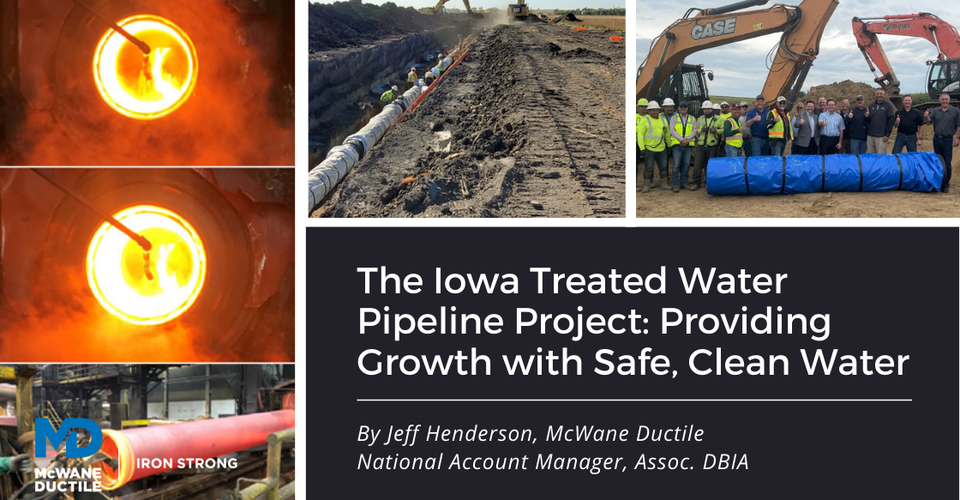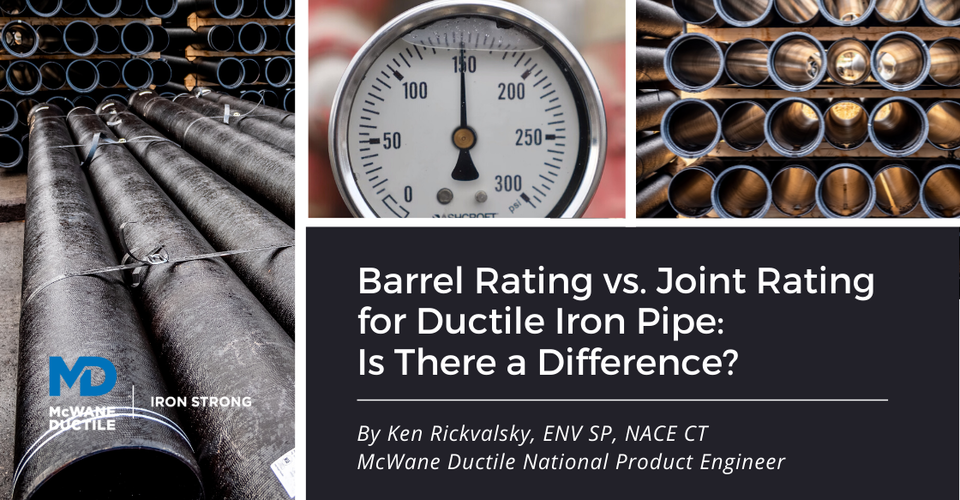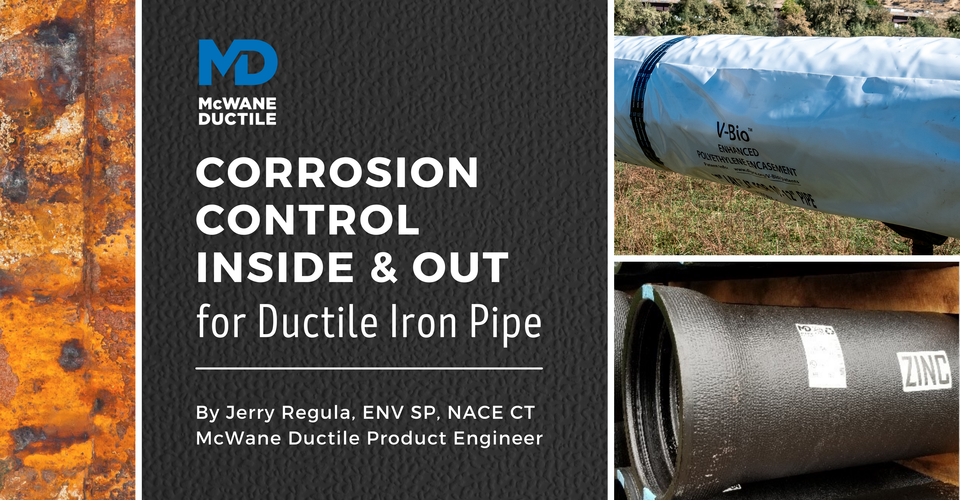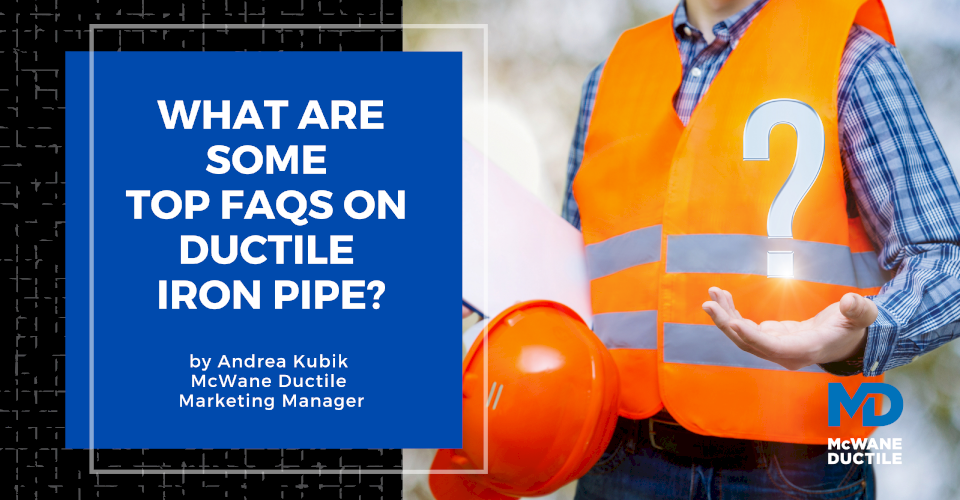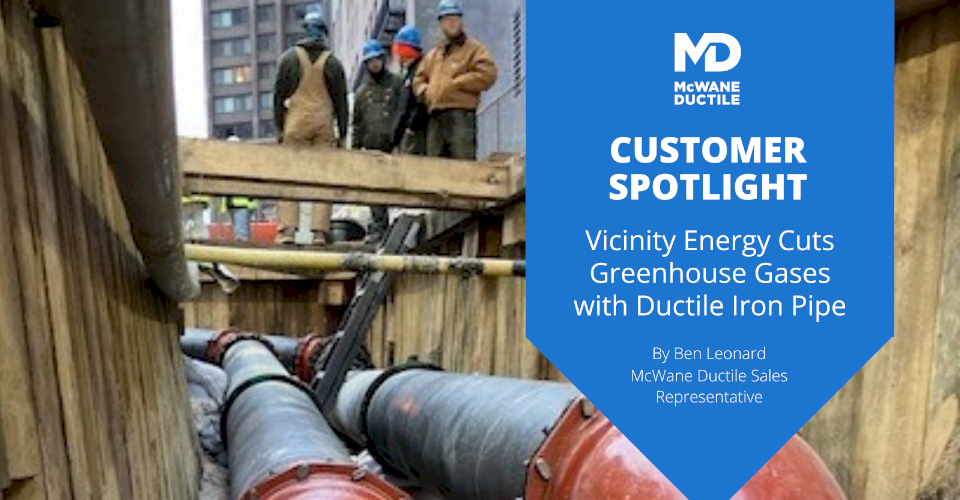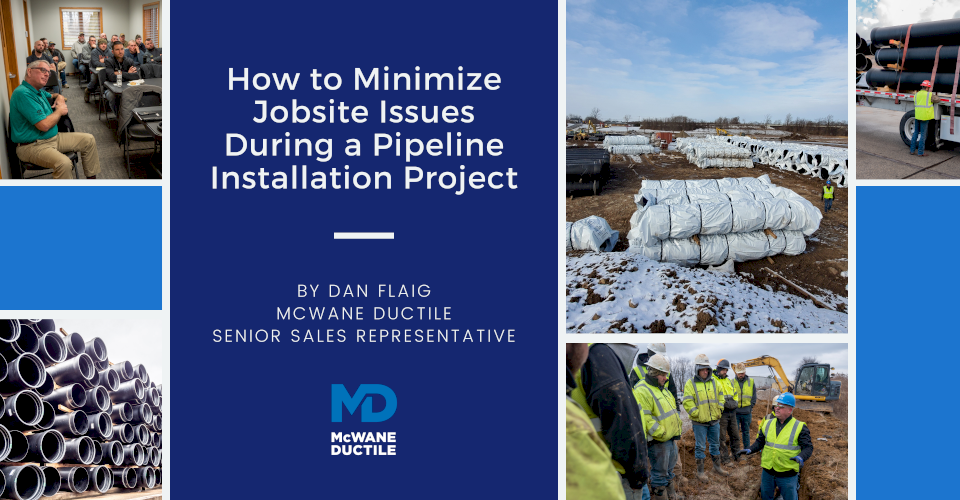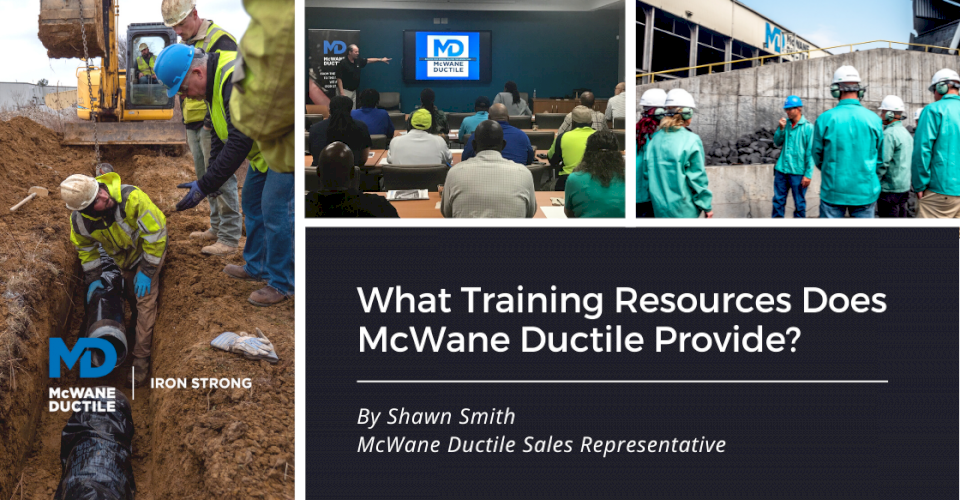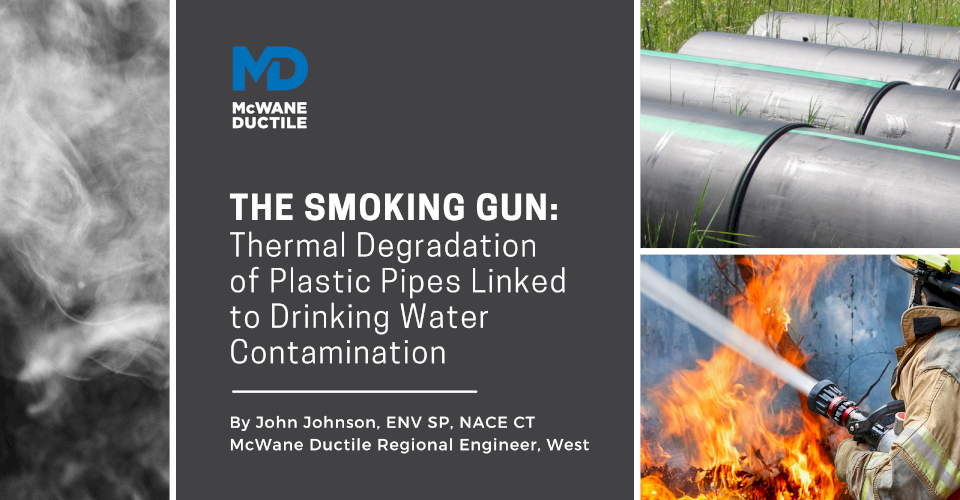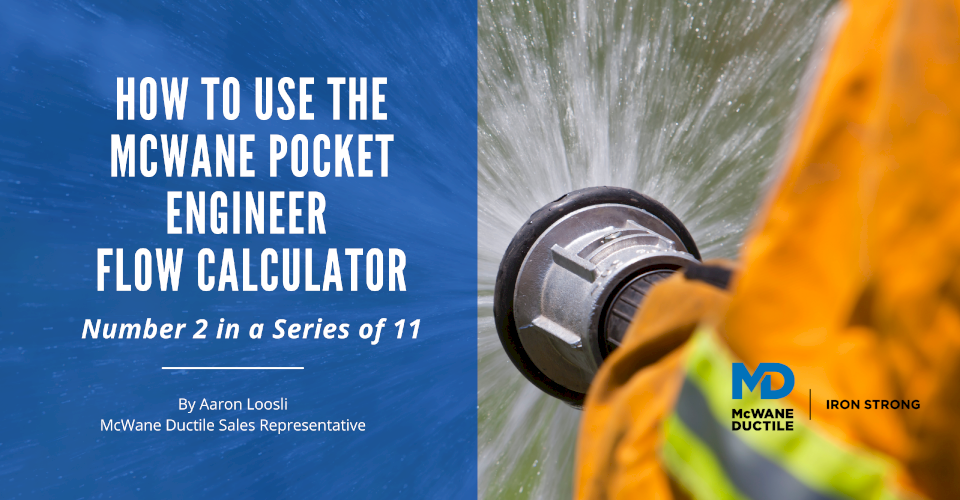-
The Iowa Treated Water Pipeline Project: Providing Growth with Safe, Clean Water
11/09/2021 In Installation ServicesShallow aquifers prone to contamination, compliance with federal drinking water standards, and insufficient resources to replace aging infrastructure. These are some of the water issues that launched the creation of the Lewis & Clark Regional Water System and the construction of the Iowa Treated Water Pipeline – Segment 3.
-
Hydrotesting on Slopes: The Hills Have PSI!
10/28/2021 In Installation TechnicalDear Ditch Doctor: Out here in the western United States, we wind up with a lot of pipelines installed up or down serious hills, dare I say mountains as well? We are good at the construction part, yet time after time we struggle with getting a satisfactory post-installation hydrostatic test on the pipeline, especially with inclined installations. Often the pipeline drops anywhere from 20 to 50 psi on the gauge and can do that several times or more until we take some sort of drastic redo/restart on the test procedures.
-
Barrel Rating vs. Joint Rating for Ductile Iron Pipe: Is There a Difference?
10/15/2021 In TechnicalWhenever the word "rating" is used regarding Ductile iron pipe (DI pipe), a 100-psi surge allowance and a safety factor of 2.0 are consistently included for all wall classes. This leads to conservative yet versatile designs for the long-term performance of utility pipelines of all kinds in various or changing conditions. Hence the basic universal rating for DI pipe is 350-psi which equates to a minimum of 900-psi of hydrostatic pressure containment within the pipeline.
-
Corrosion Control - Inside and Out - for Ductile Iron Pipe
10/08/2021 In Products TechnicalWhen it comes to water system project design, there are many factors to consider when utilizing Ductile iron pipe (DI pipe). One of the most important is corrosion prevention, and if correctly addressed, there are great opportunities to design your systems with projected life spans extending well beyond 100 years.
-
What are Some Top FAQs on Ductile Iron Pipe?
09/13/2021 In Installation Products TechnicalAs a manufacturer of Ductile iron pipe (DI pipe), we often field questions from water professionals regarding DI pipe, its uses, and how to install it properly. We even receive numerous questions about alternate materials, their differences, their uses, and the best choice for the application. And of course, when you ask, we answer…honestly, even when the answer doesn’t include Ductile iron. In this Iron Strong Blog, we’ll cover a few of our frequently asked questions (FAQ) and provide some solutions. We will continue with this FAQ series in the upcoming months.
-
Vicinity Energy Cuts Greenhouse Gases with Ductile Iron Pipe
08/27/2021 In Installation ProductsVicinity Energy, headquartered in Boston, Massachusetts supplies many downtown Baltimore, Maryland business corridor buildings with reliable central water services, offering a cost-effective alternative to maintaining in-house cooling equipment. In this Iron Strong Customer Spotlight, we’ll take a closer look at a recent Ductile iron pipe (DI pipe) installation project that will provide a means for sustainable, affordable energy in the Baltimore area for many years to come.
-
How to Minimize Jobsite Issues During a Pipeline Installation Project
08/20/2021 In Installation ServicesThe goal for every pipeline project is to install the pipe and related appurtenances successfully within the timeframe and budget that the contractor bid the project. Sometimes, however, issues arise that may cause potential delays. These delays can cost time and money. The good news is there are ways to help minimize these occurrences with proper training and product understanding. In this Iron Strong Blog, we will discuss how a project can get off to a good start and lead to a successful installation.
-
What Training Resources Does McWane Ductile Provide?
08/09/2021 In Our Company ServicesAt McWane Ductile, we believe that training and continuous education for our staff and customers are vital to a company's success. Because of this, we offer a wide variety of training opportunities for water professionals throughout the industry. Here are the many training resources available to you.
-
The Smoking Gun: Thermal Degradation of Plastic Pipes Linked to Drinking Water Contamination
07/30/2021 In Environmental & Safety ProductsAs of October 2020, more than 47,000 wildfires have occurred across 36 U.S. states. Drought is a major factor, as a large portion of the West is currently experiencing the most severe level of drought, dubbed “exceptional drought” by the U.S. Drought Monitor. Humans cause the majority of wildfires with negligence such as unattended campfires, discarded cigarettes or arson, followed by natural causes such as unusually long-lasting hot lightning bolts. (U.S. Drought Monitor, 2012)
-
How to Use the McWane Pocket Engineer Flow Calculator – Number 2 in a Series of 11
07/21/2021 In Products TechnicalHow much water can I get through that pipe? What size pipe should I use to carry that much water? Two similar-sounding questions that, in truth, are entirely different. Not to mention, both are missing the keyword to consider in resolving each question, that word being "efficiently." The McWane Pocket Engineer (PE) Flow Calculator quickly and easily answers all three concerns - flow rate, pipe size, and flow efficiency.
Latest Posts
- The Iowa Treated Water Pipeline Project: Providing Growth with Safe, Clean Water 11/09/2021 In Installation Services
- Hydrotesting on Slopes: The Hills Have PSI! 10/28/2021 In Installation Technical
- Barrel Rating vs. Joint Rating for Ductile Iron Pipe: Is There a Difference? 10/15/2021 In Technical
- Corrosion Control - Inside and Out - for Ductile Iron Pipe 10/08/2021 In Products Technical

